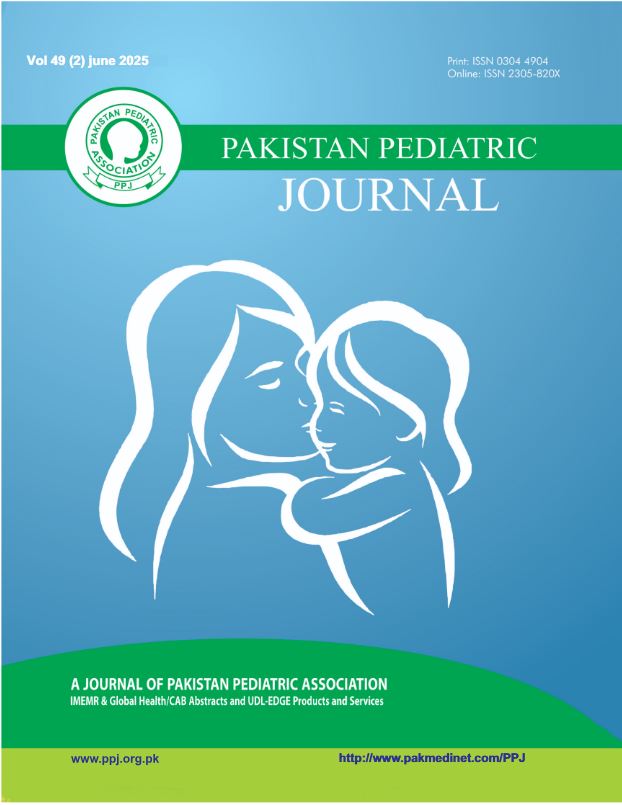The Effects Gamification of Pursed Lips Breathing on Oxygenation Status of Children Suffering from Pneumonia: A Systematic Review
Keywords:
Pursed lips breathing, Children, PneumoniaAbstract
ABSTRACT
Objective: This review aims to determine the effects gamification of pursed lips breathing (PLB) in children with pneumonia.
Study Design: Systematic Review.
Place and Duration of Study: University of Indonesia, 6 months.
Material and Methods: Nine electronic databases, PubMed, Science Direct, Sage Pub, Taylor & Francis, JSTOR, Springer, Google Schooler, ProQuest, and Scopus, were used to search the literature. The database search identified 691 articles, 6 of which fulfilled the inclusion criteria, including quasi-experiment.
Results: Most respondents were school-age and teenagers between 5 and 18 years (65%), and preschool-age (35%). In this study, respondents consisted of more boys (52%) than girls (48%) (n=160). All respondents were children who suffered from pneumonia. Subsequently, gamification for PLB includes blowing: tongue twisters; party whistles; water in bottles with straws; super bubbles; bamboo pinwheels; pinwheels, and blowing pianica. The results of gamification PLB can improve the oxygenation status of children with pneumonia by reducing respiratory rate (RR) and heart rate (HR), increasing forced expiratory volume in one second (FEV1), and increasing oxygen saturation).
Conclusion: using gamification of PLB can improve the oxygenation status in children with pneumonia.





